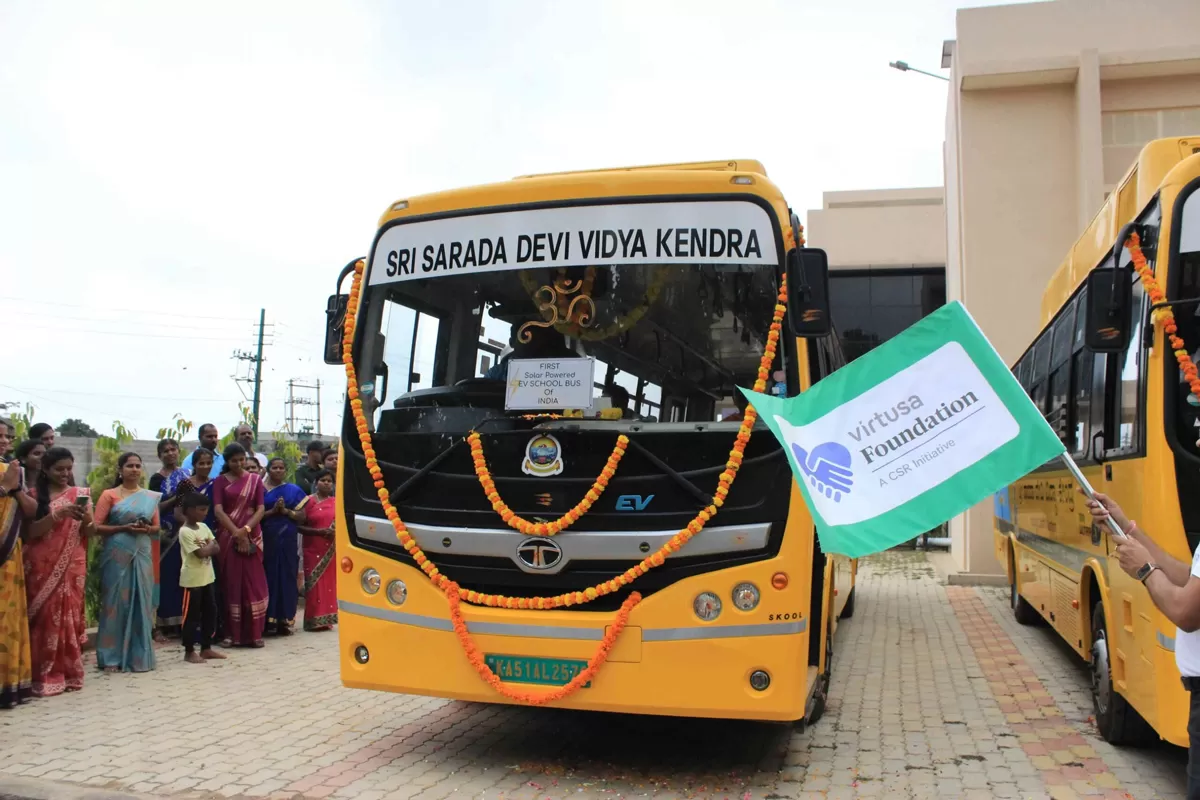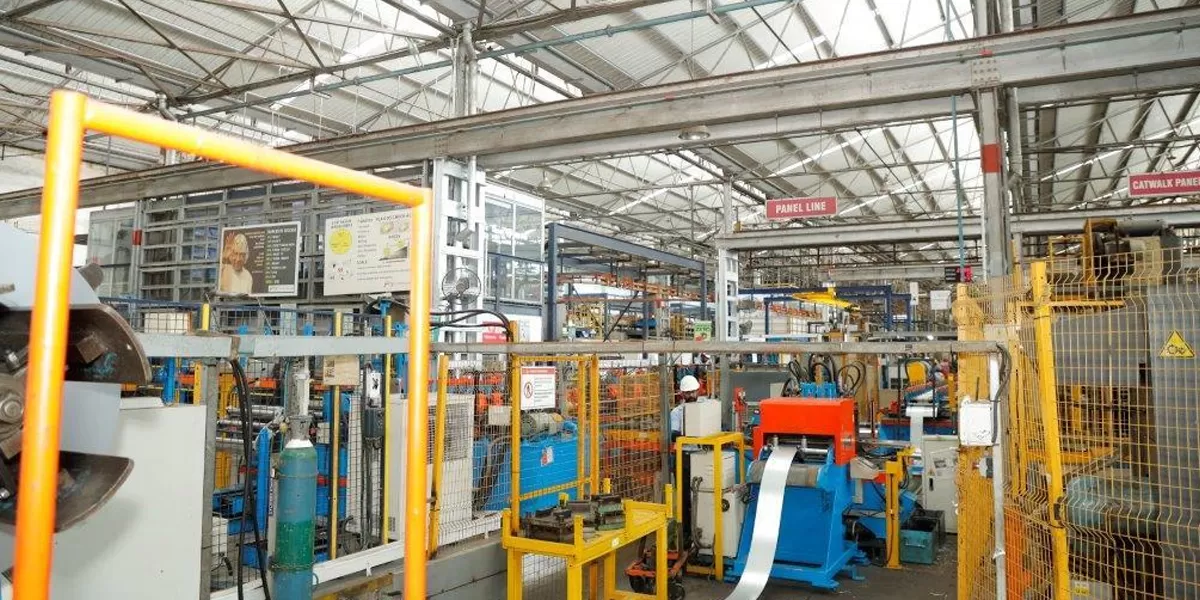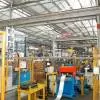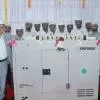 Aninda Bagchi, Associate Director-Project Management Group, CBRE South Asia
Aninda Bagchi, Associate Director-Project Management Group, CBRE South Asia
'Comparing regions, there is not much difference in perception in terms of what buyers want. Kolkata as a city is unique in its way. There are different perceptions about the market. While some look at it as a slow market, I personally see movement in the present day. For a buyer, if he invests more money in a property, he certainly wants the asset he is investing in to be delivered in time, with quality and designed to the best of aesthetics.'
He would also prefer a location close to work to save commuting time. We also see a lot of retirement and old-age home concepts coming in.'
 Harshavardhan NeotiaHarshavardhan Neotia, Chairman, Ambuja Neotia Group
Harshavardhan NeotiaHarshavardhan Neotia, Chairman, Ambuja Neotia Group
'In the past 20 years, the key difference I see in consumers is that they spend a lifetime investing and then buying a house. So the house is brought on the basis of future savings. That is one fundamental difference. But one interesting shift is that the youth is becoming nomadic and, internationally, we can already see a trend where buying a house is not something the youth are extremely excited about. One reason is that they live experientially and want to perhaps shift places and not get real estate they have to look after. It would not be surprising if in the coming generation, rental housing will have assumed much more importance than ownership. That might shift the entire game of home building because we typically fund a lot of our projects from advances from buyers. Speaking of amenities, everyone wants a complex that is equipped with all facilities. Now, the question is which builder does it aesthetically and more artistically, who presents it better. That is the only real differentiator.'
 Juzer S Kothari, Managing Director, Conserve Consultants
Juzer S Kothari, Managing Director, Conserve Consultants
'Speaking of residential high-end, we really look at comfort technology and ensuring the buyer can afford it. When we look at the middle range of the asset class, we look at convenience. As for affordable housing, it is a clean deal on price. In the commercial sector, IT parks and high-end offices have come up and are clearly focussing on performance and LEED green building rating systems of USGBC and IGBC. So this is how I look at buyer preferences among all asset classes. The big Indian dream is to own a house and for a middle-class salaried person, almost 50 per cent of his entire lifetime savings goes into investment in a house. Sustainability is getting the process right and making the whole thing energy and resource-efficient; for us, sustainability is lowering the price rather than increasing it.'
 Vivek Singh Rathore, Principal Architect and Founder, Salient Design Studio
Vivek Singh Rathore, Principal Architect and Founder, Salient Design Studio
'In the past so many years, real estate was big consumerism. We have crossed and pushed our barrier of sustainability, and have started demanding more than what we need. If you can upgrade your lifestyle, it means thriving. And sustainability is bringing that interesting component. Sensible real estate is sustainable real estate. So, it is not about building more, it is about building sensible. And sensible building cannot come by individuals possessing individual units; it comes from sharing facilities, which is what can be termed as shared real estate.'
 Monica Bhargava, Founder and Principal, Kham Consultants
Monica Bhargava, Founder and Principal, Kham Consultants
'As architects, all of us really welcome this shift in thought that land and property are to be viewed as a limited resource and not a tradable commodity. The problem in real estate is that we tend to perceive real estate or property as a commodity, as a build-up of economic capital. If we look at government policies, for instance, almost all policies are in place. Implementation is an issue but then what we understand from the policy is that the government is actually recognising the huge role real-estate developers can play in alleviating the huge housing gap in the market. The next area of projects we are encountering is in satellite towns. We are working on satellite towns closer to Kolkata and what we find is that the development there, is mostly in the retail sector - retail malls, retail department stores, etc - and the clients in this area are keen on sustainable projects. Buyers in Kolkata are looking at social mobility. They are open to new ideas, usage of innovative materials, local art, local textures, local work, sustainability and interesting landscapes.'
 Rupande Shah, Founder, Rupande Shah & Associates
Rupande Shah, Founder, Rupande Shah & Associates
'Light is one of the most important things that makes people happy. If used in the right way, it creates moods, ambiences, a certain sense of security, and happiness. Unfortunately, we do not find a lot of projects that are well-designed for light. In this whole thing about trying to ape the West, we are talking about doing architectural glazing with fixed glass and large, double-glazed windows. We forget that our country requires far more well-ventilated spaces because of the fact that, specifically in the East, there is so much humidity that we tend to come across projects that are not as well-ventilated and well-lit. Now, to balance ventilation, one ends up doing air-conditioning. We also play with a certain quality of light to bring the wellness factor into our projects. Not just wellness, we try to ensure that task lighting is taken care of properly, so that there is efficiency in the kind of lighting we are talking about.'
 Partha Ranjan Roy, Regional Manager, FunderMax India
Partha Ranjan Roy, Regional Manager, FunderMax India
'What the industry needs today is sustainability, and with the green concept coming in, India is willing to adopt world-class products. At FunderMax, we conduct a lot of R&D to understand the buyer requirement and are working towards offering solutions that are need-based. To drive this, we connect with architects and the design fraternity to understand the design concepts and look into the requirement in terms of sustainability, efficiency of buildings or facade solutions.'
























